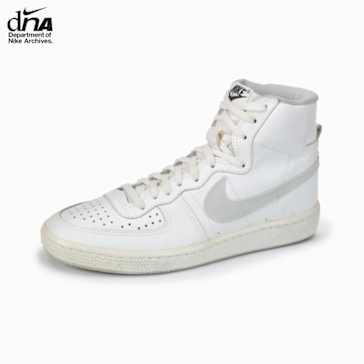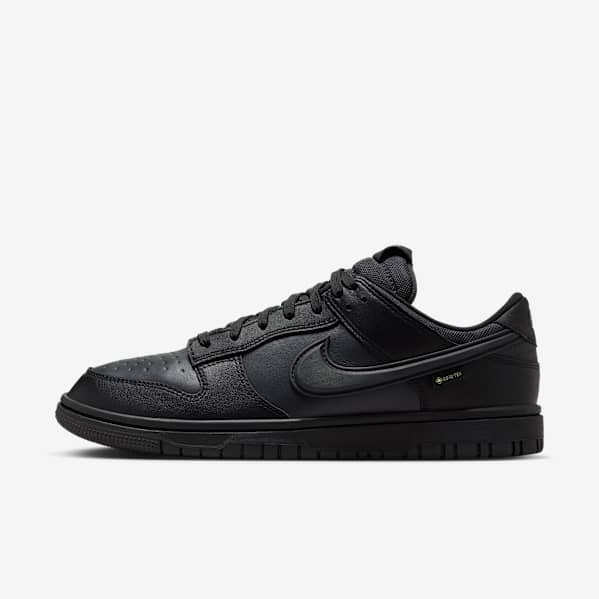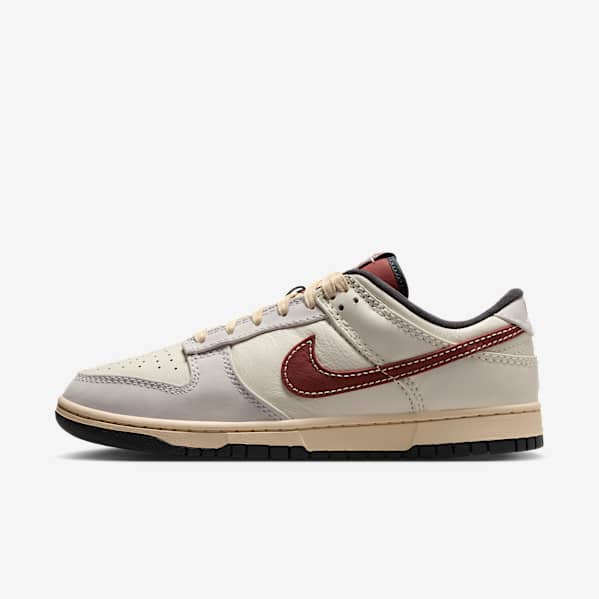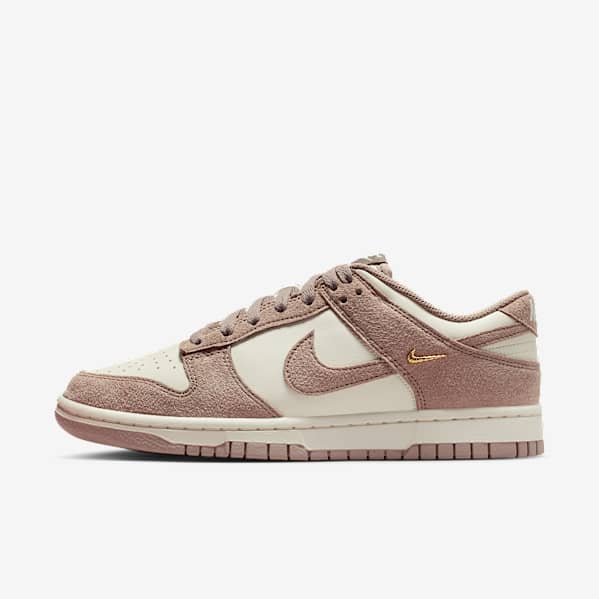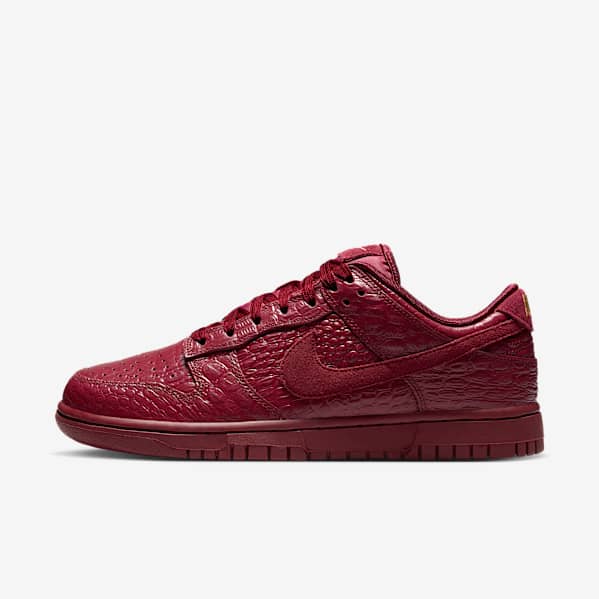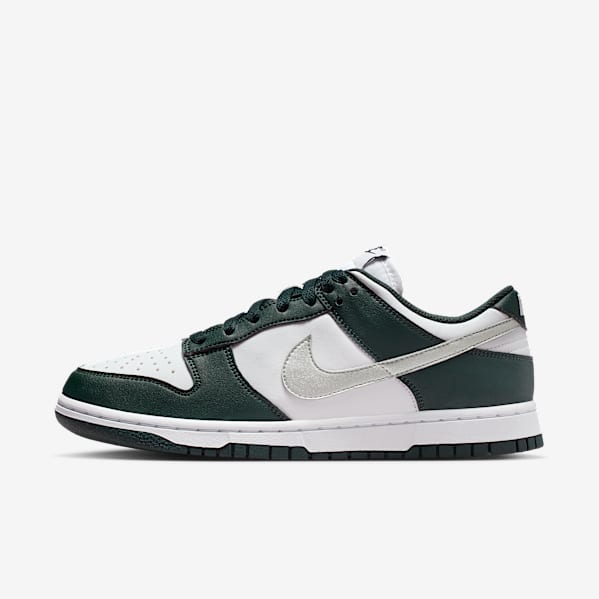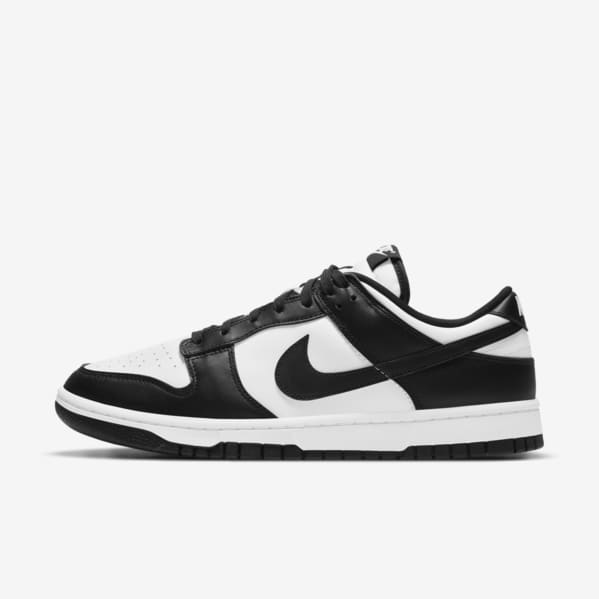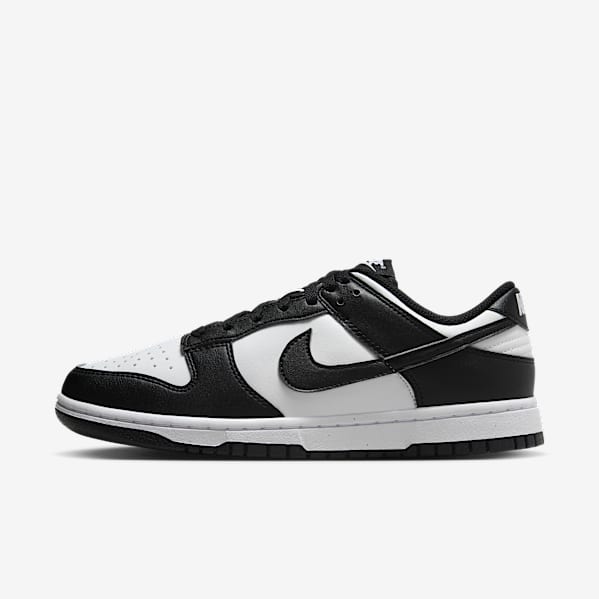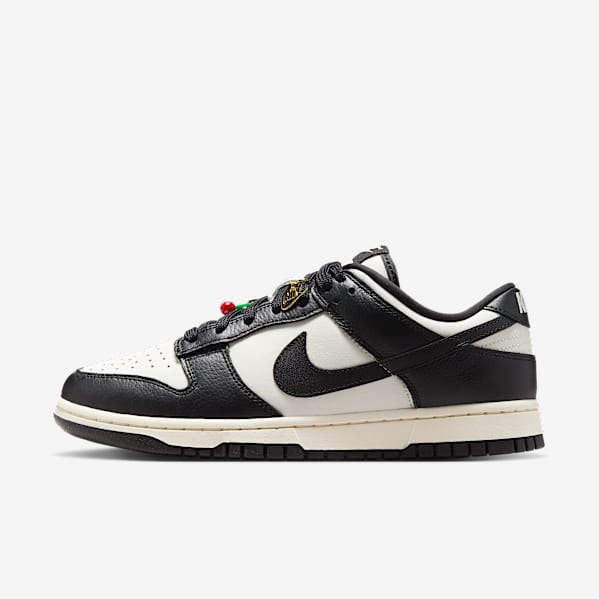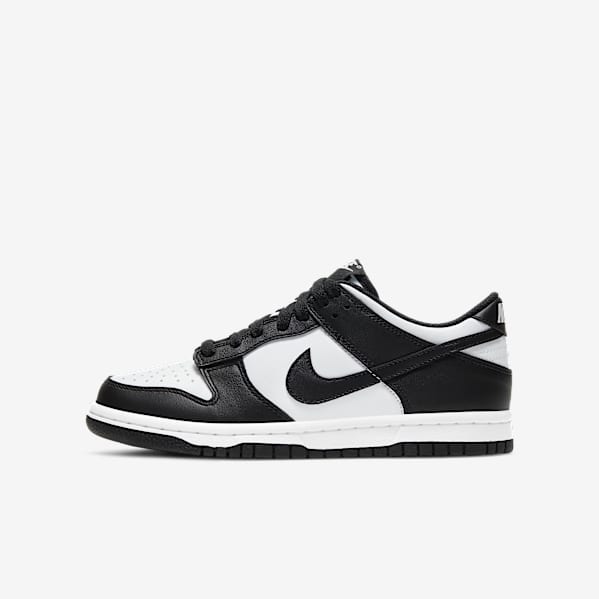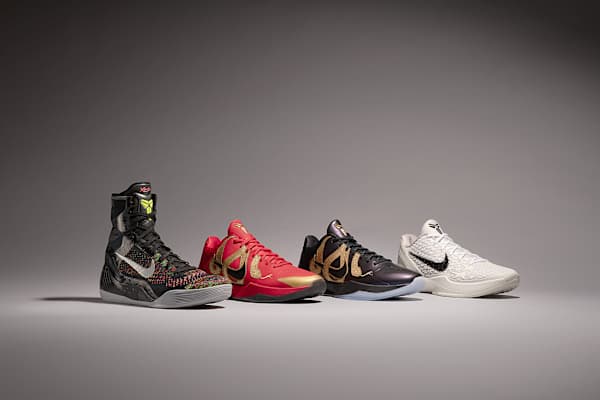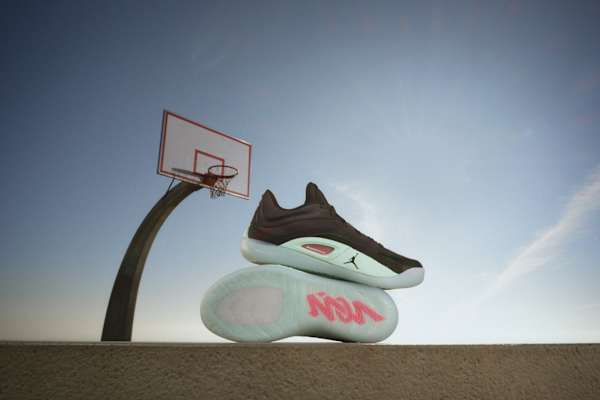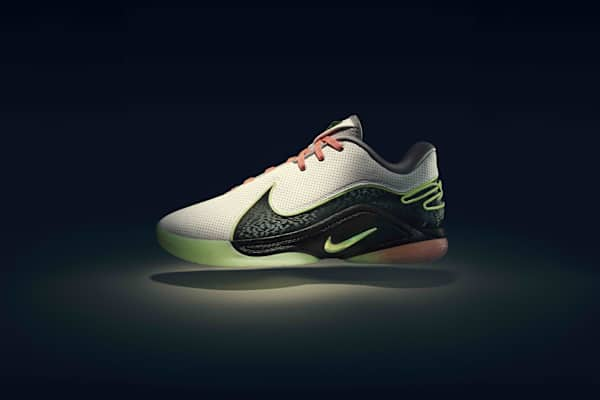The History of the Nike Dunk
Department of Nike Archives
Uncover all the details from the archives.

"Be true to your school." It was the 1985-'86 college basketball season, and Nike had the idea of putting sets of warmups and shoes together in top collegiate teams' colors. Thus, the Dunk and the College Colors Program were born.
Players and fans loved the extensive line of apparel and footwear that brought a new energy of color to the collegiate level. But it turned out that the distinct colors also caught the eyes of those outside of college hoops. The canvas of the Dunk proved flexible enough to expand into art, fashion, music and global culture.
But where’d the Dunk come from, really? Popular Nike basketball shoes at the time — like the 1984 Legend, the ‘85 Terminator and the ‘85 Jordan 1 (pictured above) — all got blended together to form the Dunk. In fact, the Dunk was born on a tight deadline: It was designed, developed and shipped over a six-week span.
The Dunk dropped out until skaters (sometime in the ‘90s) discovered them at bargain stores on the cheap. As important as affordability, Dunks had the look and the function for skating and doing tricks.
In the late ‘90s, Nike had begun to make its first big push into skateboarding with skate-specific designs, but styles like the Chaod (pictured above) never really caught on. Still, the skate community was asking for the Dunk.
After shopping ideas around at various indie retailers, Nike re-engineered the Dunk in the early 2000s with the Dunk Low Pro SB, padding the tongue and beefing it up a bit, while still staying true to the ethos of the original Dunk. Nike SB’s first four pro skaters were given license to get creative and add their own take on the shoe. Above, the Nike Dunk Low Pro SB Supa is nicknamed after standout skateboarder, Danny Supa.
So, the Dunks returned, and Nike SB cemented the shoe’s move from the court to the concrete.
The variants and collaborations are endless — and that’s why this shoe is such an enduring classic.

